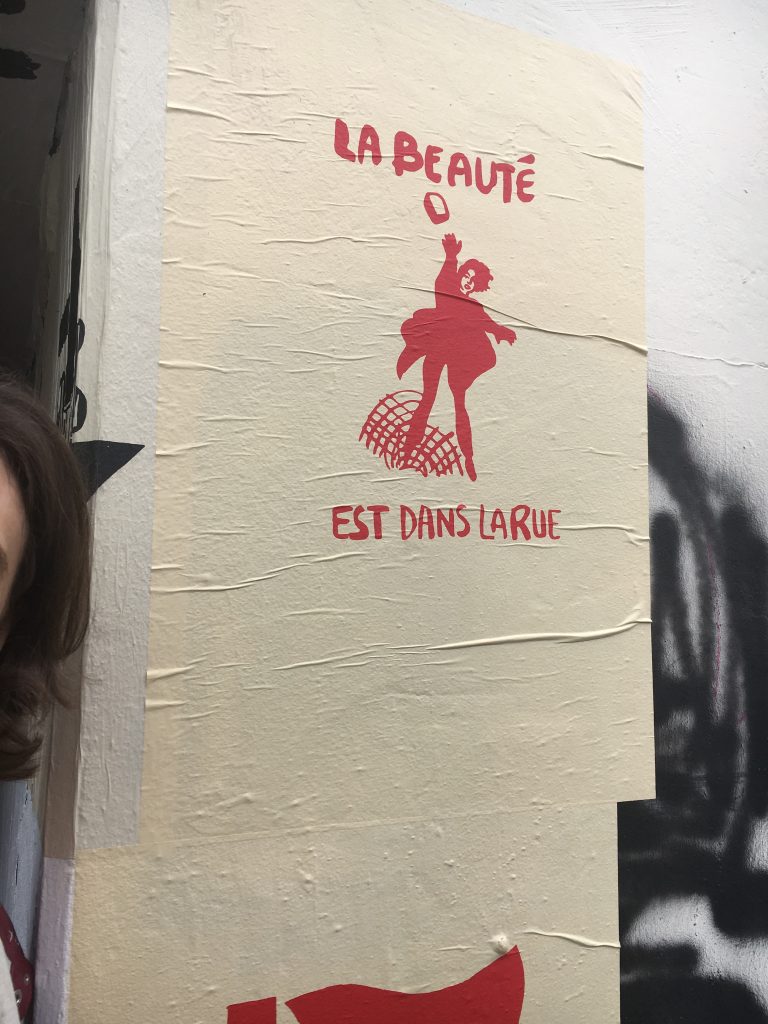To evaluate this project thoroughly I have to talk through the problems that also occurred with it. Firstly, I jumped into the project head first with creating visual content with the view of making it into a print, this was exciting for me but it meant that I missed out on a lot of the research which was very important to this project, as if my facts weren’t right then I was still creating a misconduct of facts.
It felt like I was going around in circles trying to get my print to incorporate into new work, and knowing that the services for that type of print wouldn’t be available for the rest of the semester I was feeling a bit stumped. In some ways it was as though I had made a final outcome before a project. It was an awkward start to the project and I was left feeling unsatisfied.
So, I started working from the beginning I researched my topic, had some fears that a climate change denier was an outdated term and that people had fully learned from their mistakes. But, found some more recent evidence that now people aren’t denying so much that climate change is a thing but more they are denying that it’s happening to avoid having to think about it. This made me consider what type of format would appropriately present this concept.
As talked about in my previous post I had been considering making a calendar. However, I also had my eye on possible creating another animation, yet I felt this may be slightly overwhelming with two other animation projects for myself (Rap ‘n’ Rhymers and Text and Context). I also considered that I could possibly make a clock and record it working and going through the motions of scare tactics towards climate change deniers. But, this felt a bit too abstract for something which is supposed to be a clear communication of a topic.
So I stuck with the calendar idea and ran with it. Through researching first hand around Brighton and at the Tate Britain (previous blog posts) I identified that I wanted to make something with transfer techniques to create a degrading quality to the images. This I felt would show the fleeting nature of how our earth is being treated and how nothing is permanent no matter how hard someone can try and believe so.
Also through the mark making that is naturally created through the technique it presents a struggle and strength of something trying to break through and create its mark.
Overall, I am pleased with how this project has gone – I would have like it to include more initial drawings and thoughts how the technique I was using prompts immediacy and trial and error on the page. I’m proud with how this project has gone because I wasn’t looking forward to it. However, I overcame my fears and created a practical, functional final piece.
Some downfalls of the final outcome is that to print it successfully I needed to have it imposed and therefore it needed 28 pages, however due to the fixed nature of the calendar format I had to add in extra pages where they were unnecessary. This has ruined the affect of the calendar, however I have tried to DIY fix it. With some extra time and thought I could have possibly overcome this.














